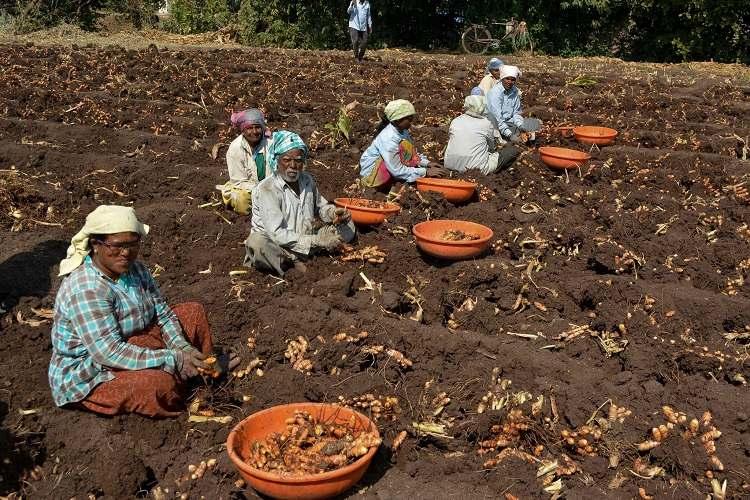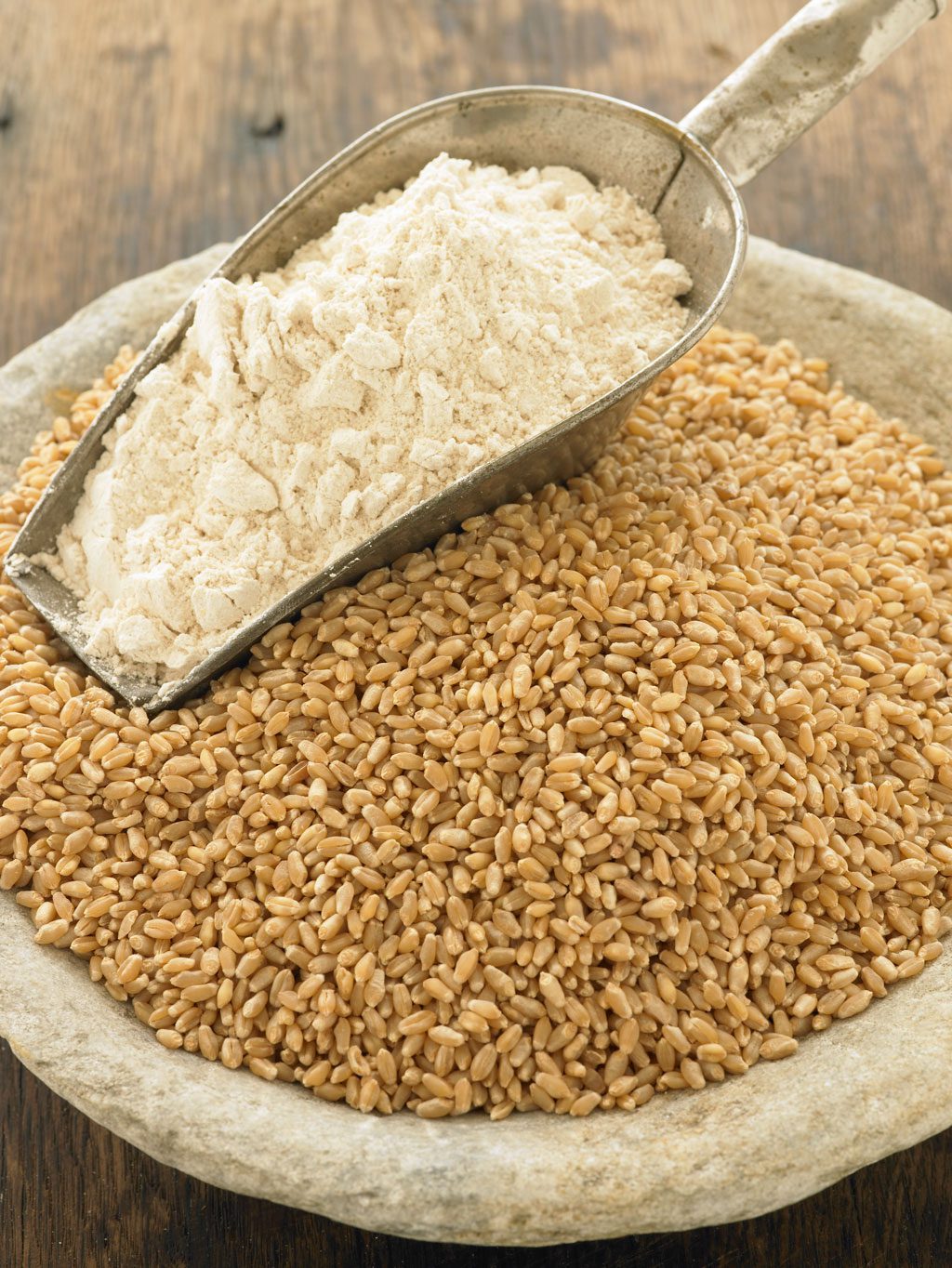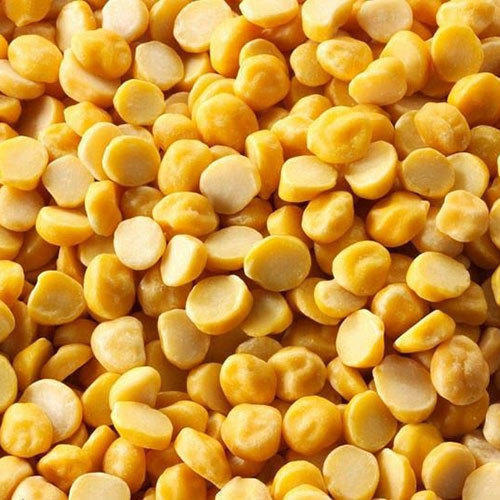India, one of the significant producers & exporters of turmeric, contributes 80% to global production. Andhra Pradesh, Telangana, Tamil Nadu, Orissa, Karnataka, West Bengal, Gujarat, Meghalaya, Maharashtra, and Assam are some of the central states that cultivate turmeric, of which Telangana is the largest producer.
Turmeric is cultivated in various temperature ranges of 20-35°C with an annual rainfall of 1500 mm or more under rainfed or irrigated situations. It thrives best in well-drained sandy or clay loam soils with a pH range of 4.5-7.5 and good organic quality.
For turmeric, 15 to 25 irrigations are given in medium-heavy soils, and 35 to 40 irrigations are needed in light-textured red soils. Fertilizers are applied at 60 kg N, 50 kg P2O5, and 120 kg K2O per hectare. 5 kg/ha of zinc may be used with organic manures at 2 t/ha at sowing time.
Following are some of the most common diseases with their control measures in turmeric.
Leaf Roller: The butterfly is black and white; The cramer is greenish, larvae feed in leaf folds and pupate inside a thick mass of waxy stuff.
Control measure:
- Handpick the larvae and pupae
- Spray 0.5% of Dimethoate or Phosphomidan
Shoot borer: Larvae bore into the pseudostems and feed on the growing shoot, drying the infested shoots; pests can be detected by holes on pseudostems, extrusion of frass through holes, and dead hearts.
Control measure:
- Spray Malathion 0.1% or Dimethoate monthly intervals from July to October
- Soil application of granular insecticides like Carbofuran
- Destroy the affected shoots
Leaf Spot: Oblong brown spots with grey centers are found on leaves; the grey centers become thin and get torn, severely affected leaves dry and wilt; as the disease advances, spots enlarge and cover a significant portion of the leaf blade.
Control measure:
- Seed material should be treated with DithaneM 45 @ 3g/liter of water or Bavistin @ one g/litre of water.
- Spray Dithane M-45 @ 2.5 g/litre of water or Bavistin 1g/liter; 2-3 at fortnightly intervals
- The infected and dried leaves should be collected and burnt to reduce the inoculum source in the field.
- Spraying Blitox or Blue copper at 3 g/l of water was effective against leaf spots.
Leaf Blotch: characterized by the appearance of several spots on both the surfaces of leaves, being generally numerous on the upper surface; arranged in rows along the veins; sites become dirty yellow; infected leaves distort and have a reddish-brown appearance.

Control measure:
- Seed material should be treated with Dithane M -45 @ 3g/liter of water or Bavistin @ 1 g/litre of water.
- Spray Dithane M-45 @ 2.5 g/litre of water or Bavistin 1g/liter, 2-3 sprayings should be given at fortnightly intervals or Carbendazim (1g/lit) or Mancozeb (2.5g/lit) mixed wits 1ml Sandovit should be sprayed 2-3 times.
- The infected and dried leaves should be collected and burnt to reduce the inoculum source in the field.
- Spraying Blitox or blue copper at 3 g/l of water was effective against leaf blotch.
Rhizome Scale: Colonies of pale grey hard insects infest turmeric haulms and cause considerable damage; feed on plant sap in the field or on rhizome in storage, resulting in withering and drying; appear as white spots on Rhizomes.
Control measure:
- Use disease-free rhizomes.
- Soil application of Carbofuran 3G granules @ 20-25 Kg per hectare at 10-15cm distance from plants and 5-7cm deep in the soil and covered with mud.
Conclusion
As per market reports, turmeric prices are expected to increase by more than 50% yearly. The current market price of turmeric fluctuates between ₹8000 and ₹10,000 per quintal.
As per the consumers’ market value and the demand for turmeric, it is highly recommended that the farmers grow turmeric this season for better profits.








 Connect With Us
Connect With Us